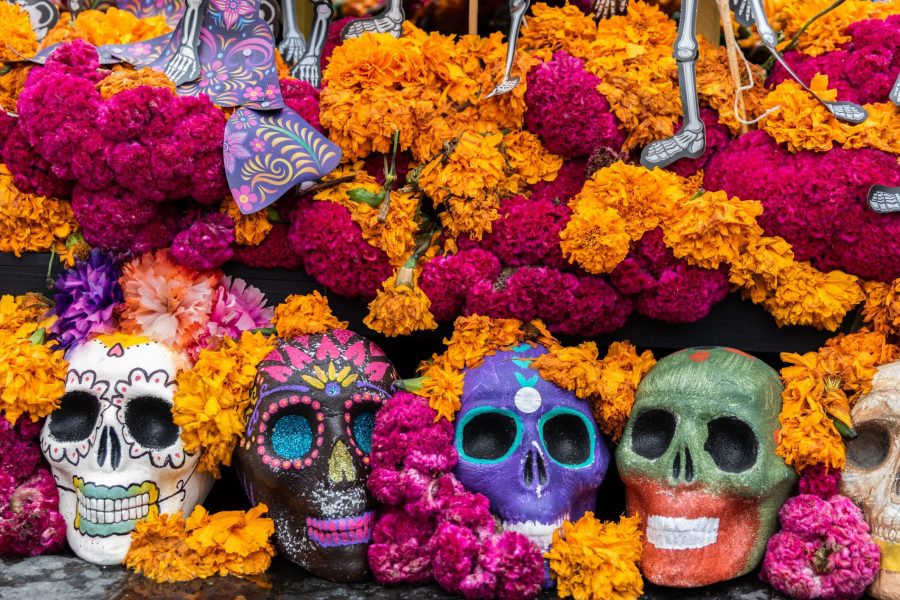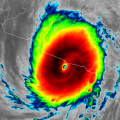
Introduction Day of the Dead, or Día de los Muertos in Spanish, is a vibrant and significant cultural tradition that originates from Mexico. It is celebrated from October 31st to November 2nd and honors deceased loved ones, believing that during this time, the souls of the departed return to visit their living family and friends. Over the years, this holiday has transcended its Mexican origins, gaining popularity and recognition worldwide. In this article, we will delve into the rich history and origins of Day of the Dead, its symbolism, and how it is celebrated today all around the globe.
Origins and History The roots of Day of the Dead can be traced back to indigenous civilizations in Mexico, such as the Aztec, Maya, and Nahua peoples, who held cyclical views of life and believed in an intimate relationship between life and death. They celebrated death as a natural phase in life’s continuum, and they honored the deceased through rituals and ceremonies that lasted for an entire month.
When the Spanish colonized Mexico in the 16th century, these indigenous practices blended with Catholicism, resulting in a syncretic tradition that incorporated elements from both cultures. The Spaniards introduced All Saints’ Day and All Souls’ Day, which are celebrated on November 1st and 2nd, respectively. Over time, these Christian observances fused with the indigenous customs, giving rise to the modern Day of the Dead celebration.
Symbolism and Traditions Day of the Dead is rich in symbolism and tradition. The most recognizable symbols associated with the holiday include:
- Ofrendas (Altars): Families create altars in their homes to honor their deceased loved ones. These altars are adorned with candles, flowers, photographs, and the favorite foods and drinks of the departed.
- Calaveras (Sugar Skulls): Handmade sugar skulls are colorfully decorated and placed on the altars. They represent the deceased and are often inscribed with their names.
- Cempasúchil (Marigold Flowers): These vibrant orange flowers are believed to guide the souls of the deceased back to the world of the living with their bright color and strong fragrance.
- Pan de Muerto (Bread of the Dead): A special type of sweet bread baked in the shape of a cross or a skull, often placed on the altars.
- Papel Picado (Perforated Paper): Colorful paper cut into intricate designs, symbolizing the wind and the fragility of life.
Modern Celebrations Worldwide Today, Day of the Dead is celebrated not just in Mexico, but around the world, with festivities that embrace both its indigenous roots and its global influences. In Mexico, the holiday is a time for families to gather, share meals, tell stories, and visit the gravesites of loved ones. Parades, music, and dance performances are common, with participants often donning elaborate costumes and makeup to resemble skeletons.
In the United States and other countries, Day of the Dead has been embraced by both Mexican communities and the wider population. Art exhibitions, educational events, and public celebrations are held, featuring traditional music, food, and crafts. Schools and cultural institutions often use the holiday as an opportunity to teach about Mexican culture and history.
Conclusion Day of the Dead stands as a testament to the enduring power of tradition, the resilience of culture, and the universal human experience of dealing with loss and celebrating life. Its origins in indigenous Mexican practices, combined with influences from Spanish colonization, have resulted in a unique and meaningful celebration that continues to evolve and resonate with people all over the world. As it gains popularity globally, Day of the Dead serves as a vibrant reminder of the importance of honoring our past, celebrating our present, and fostering cross-cultural understanding and appreciation.
Article above via ChatGPT-4, article below via Google Bard.
Origins of Day of the Dead
The Day of the Dead, or Día de los Muertos, is a Mexican holiday celebrated on November 1 and 2. It is a time to remember and honor deceased loved ones. The holiday has its origins in the pre-Hispanic Aztec culture, which had a complex and elaborate belief system surrounding death and the afterlife.
The Aztecs believed that the spirits of the dead would return to the living world each year for a brief reunion. They would prepare for the arrival of their ancestors by building elaborate altars and offering them food, drink, and other gifts.
When the Spanish conquistadors arrived in Mexico in the 16th century, they brought with them their own Catholic traditions, including All Saints’ Day and All Souls’ Day, which are also celebrated on November 1 and 2. Over time, the indigenous Mexican and Catholic traditions merged to create the Day of the Dead as we know it today.
How Day of the Dead is Celebrated Today
The Day of the Dead is celebrated in many different ways throughout Mexico and around the world. Some of the most common traditions include:
- Building altars: Families build altars, or ofrendas, in their homes to welcome back the spirits of their deceased loved ones. The altars are typically decorated with photos of the deceased, candles, flowers, food, drink, and other offerings.
- Visiting cemeteries: People visit the cemeteries where their loved ones are buried to clean their graves and leave offerings.
- Having special meals: Families prepare special meals to share with their deceased loved ones. Some of the most popular dishes include pan de muerto (bread of the dead), mole poblano, and tamales.
- Celebrating with parades and festivals: Many communities hold parades and festivals to celebrate the Day of the Dead. These events often feature music, dancing, and traditional Mexican food and drink.
Day of the Dead Around the World
The Day of the Dead is celebrated not only in Mexico, but also in many other countries around the world, especially by people of Mexican heritage. Some of the most popular places to celebrate the Day of the Dead outside of Mexico include:
- United States: The Day of the Dead is widely celebrated in the United States, especially in areas with large Mexican-American populations. Some of the largest Day of the Dead celebrations in the US are held in Los Angeles, San Antonio, and New York City.
- Central America: The Day of the Dead is celebrated in many Central American countries, including Guatemala, El Salvador, and Nicaragua.
- South America: The Day of the Dead is celebrated in some South American countries, such as Bolivia, Ecuador, and Peru.
- Europe: The Day of the Dead is becoming increasingly popular in Europe, especially in Spain and the United Kingdom.
- Asia: The Day of the Dead is also celebrated in some Asian countries, such as Japan and China.
Conclusion
The Day of the Dead is a unique and vibrant holiday that celebrates life and death. It is a time for families and communities to come together to honor their deceased loved ones. The holiday is also a reminder of the importance of family and tradition.






